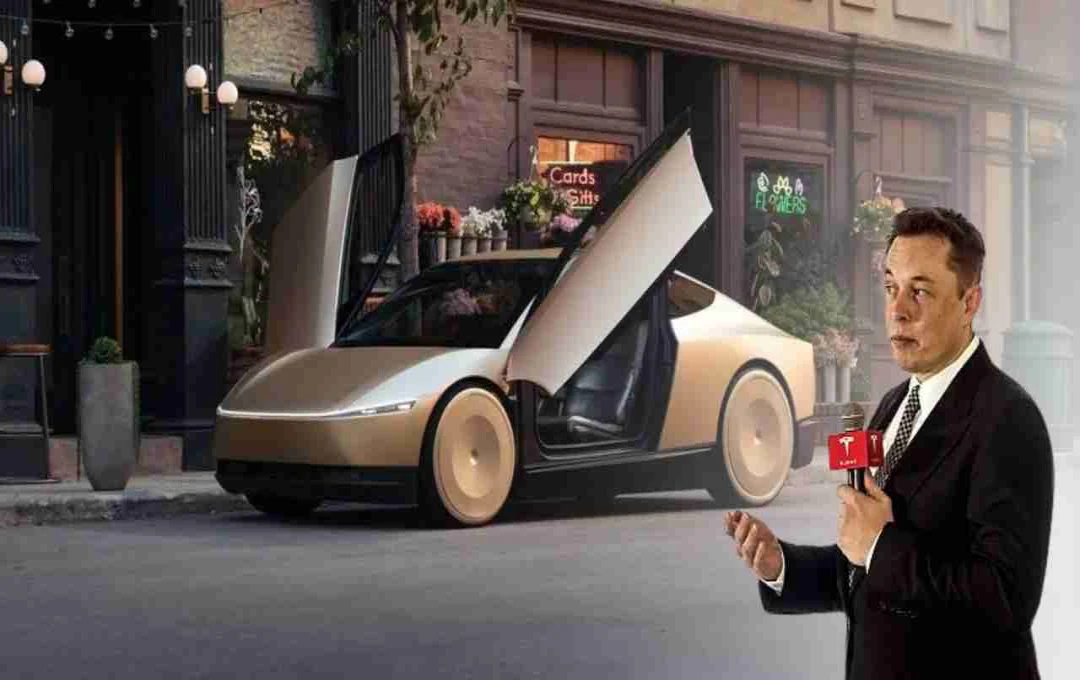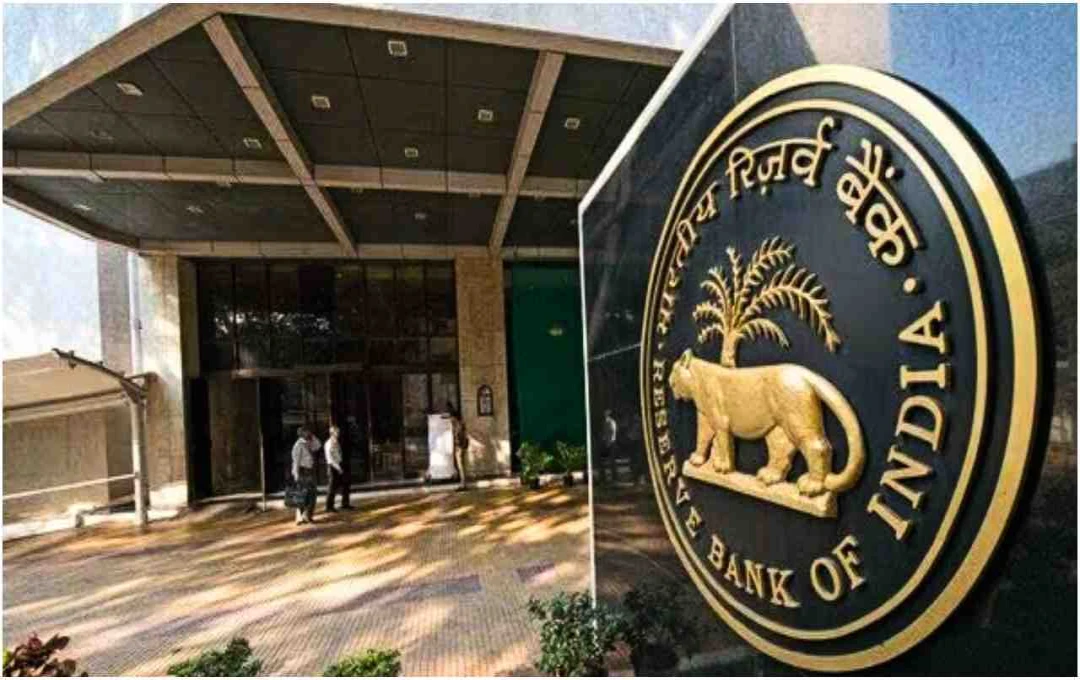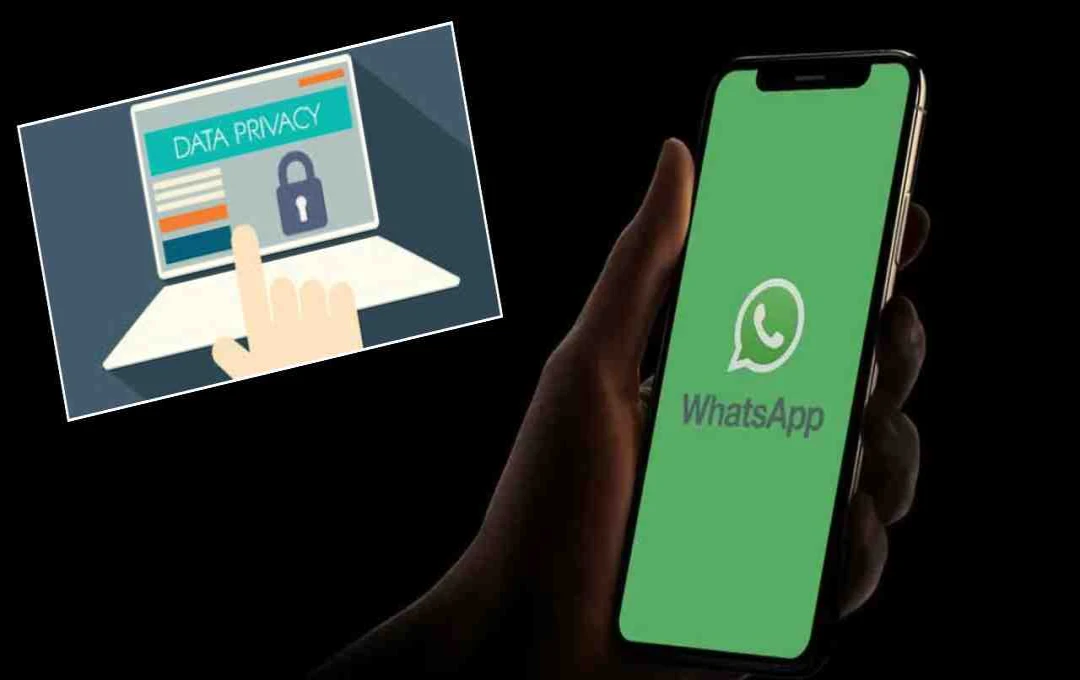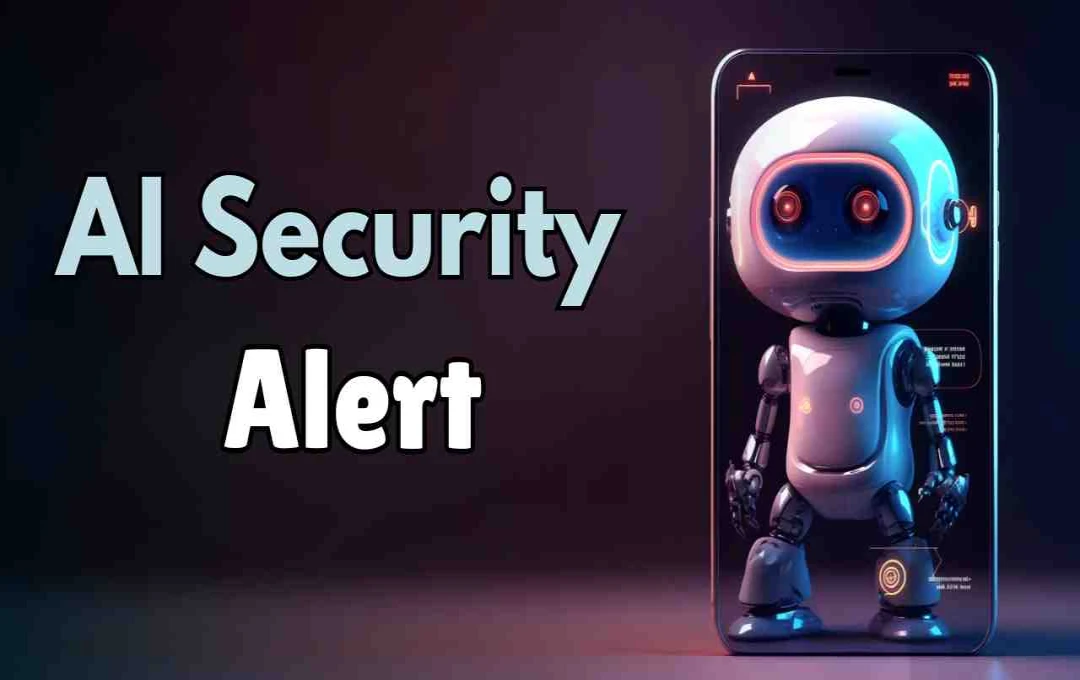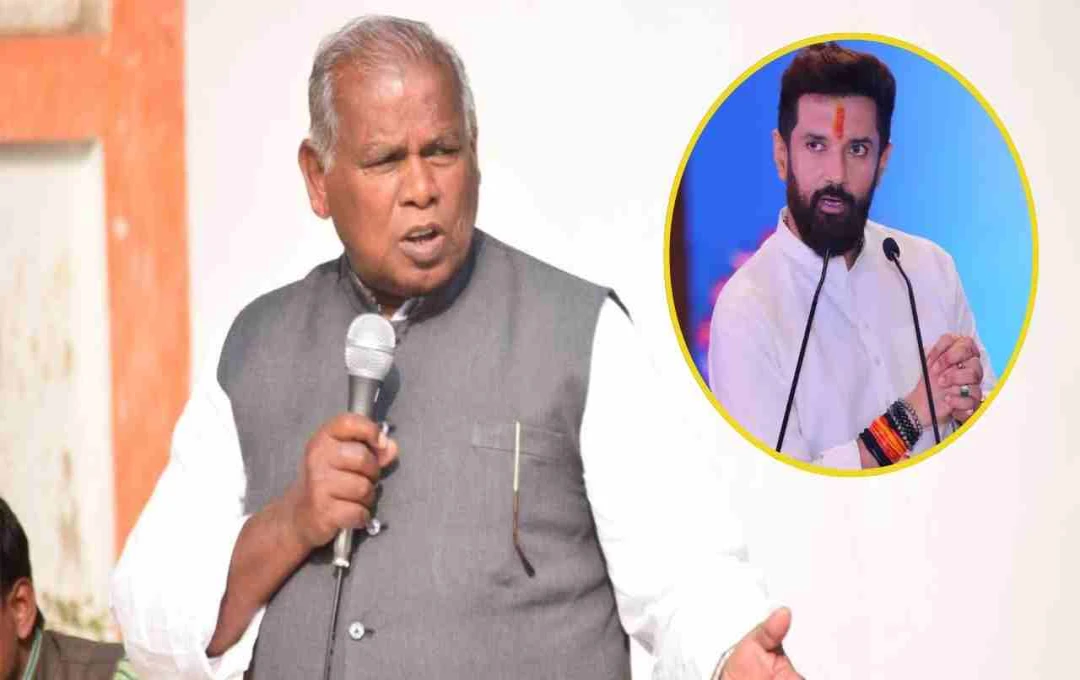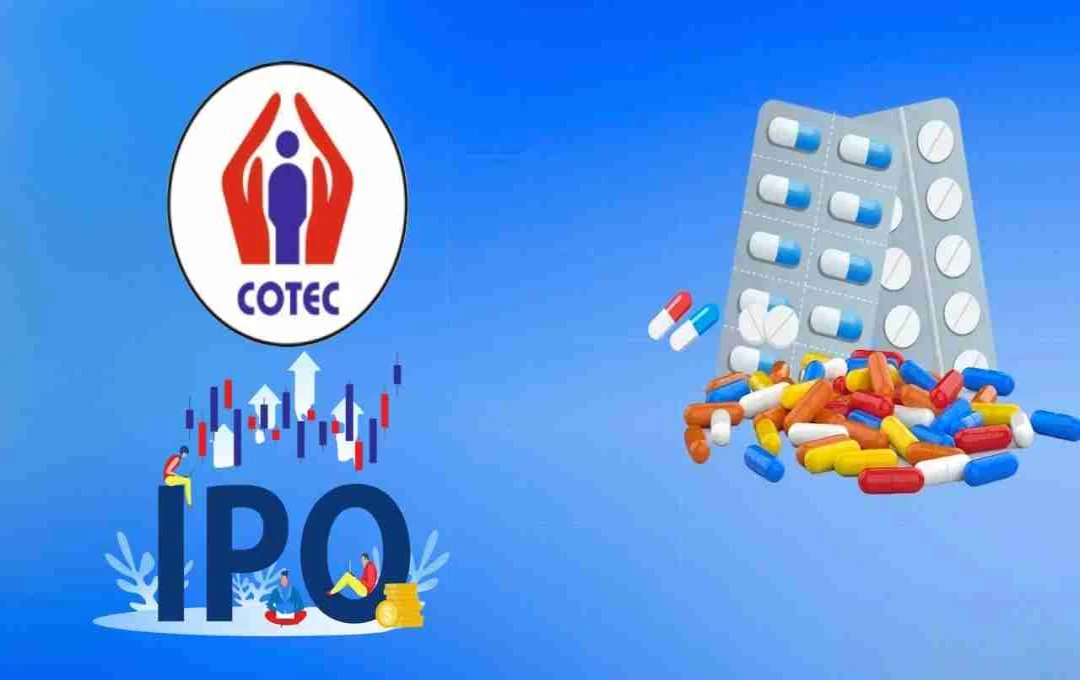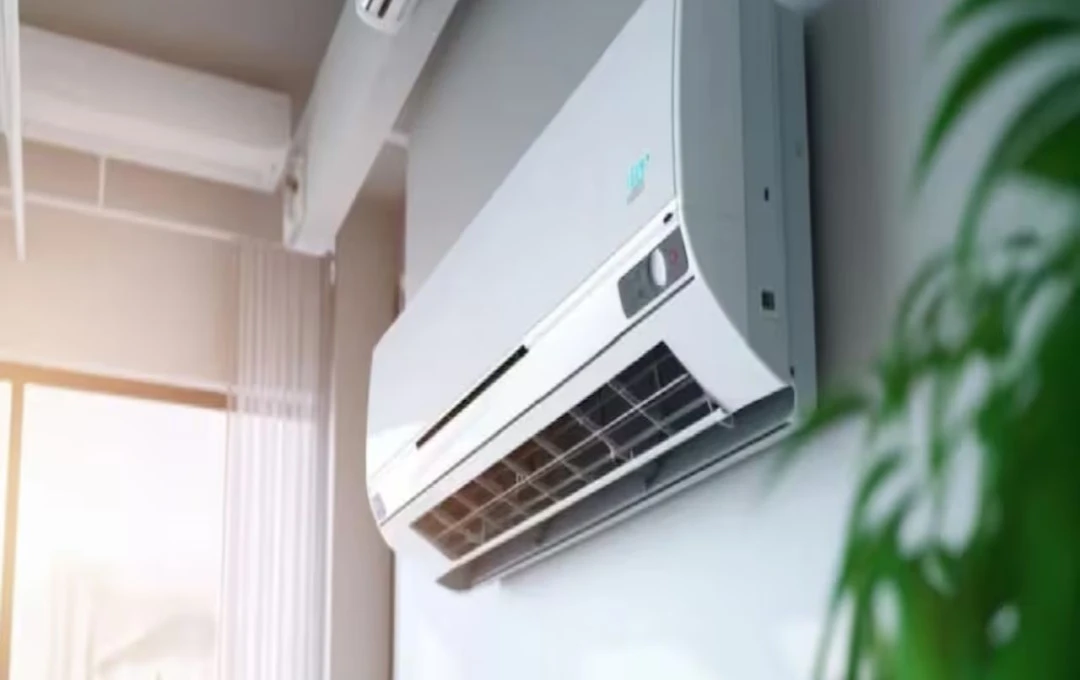After a long wait and much speculation, Tesla has finally launched its much-anticipated robotaxi.
Tesla: American tech entrepreneur Elon Musk's company, Tesla, has given the world another technological marvel. The long-awaited driverless car service, known as the robotaxi, has finally been launched in Austin, the capital of Texas. This service will initially be available on a limited scale and to select individuals, but it represents a historic step by Tesla towards transforming the transportation industry.
Musk's Dream Becomes Reality
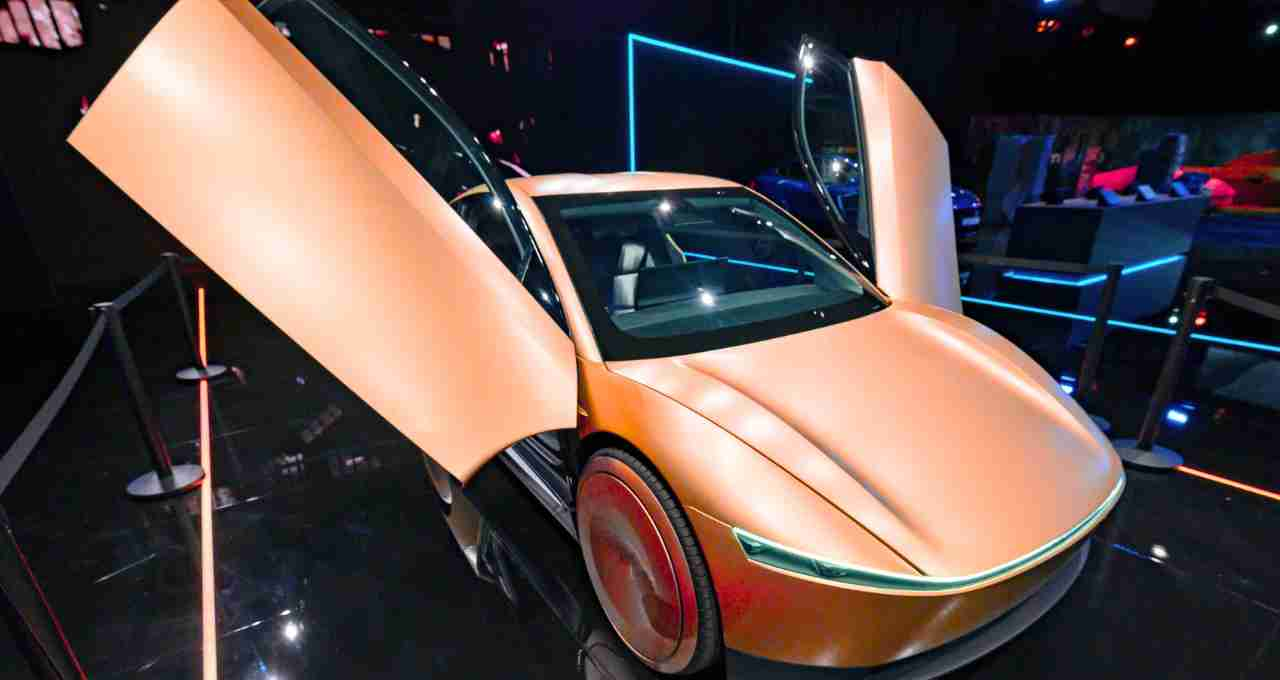
Elon Musk promised nearly a decade ago that Tesla would one day introduce driverless taxis. After several delays and uncertainties, the service is now operating on the streets of Austin. Tesla launched the robotaxi in select areas on Sunday. In the initial phase, the service has been launched with only a few vehicles. According to the company, this number could reach hundreds in the coming months.
Limited Service Initially
Currently, the robotaxi service is limited to a select group of individuals. The company will use feedback from these passengers to improve its system. The general public will have to wait some time before accessing this service. This experiment is not only a significant technological test for Tesla but also a golden opportunity to improve the company's declining image in the eyes of investors. Tesla's sales have declined in recent months, and questions have been raised about Musk's personal image.
What is this Robotaxi Like?
Tesla's driverless car is fully electric and requires no human driver. Musk says that initially, 10 to 20 robotaxis will be on the roads, a number that will later increase to a thousand. Afterward, the company will introduce a special Cybercab, without a steering wheel or pedals. This vehicle will be fully automated, requiring passengers only to input their destination.
Strong Technological Foundation
Tesla's robotaxi is based on "full self-driving" technology, which the company has previously offered in its vehicles. However, until now, this technology was not fully independent, and driver vigilance was necessary. Now, for the first time, the company is using a software version with "unsupervised" technology. This means that no human oversight will be required to operate these taxis.
Towards a Revolutionary Change in Transport
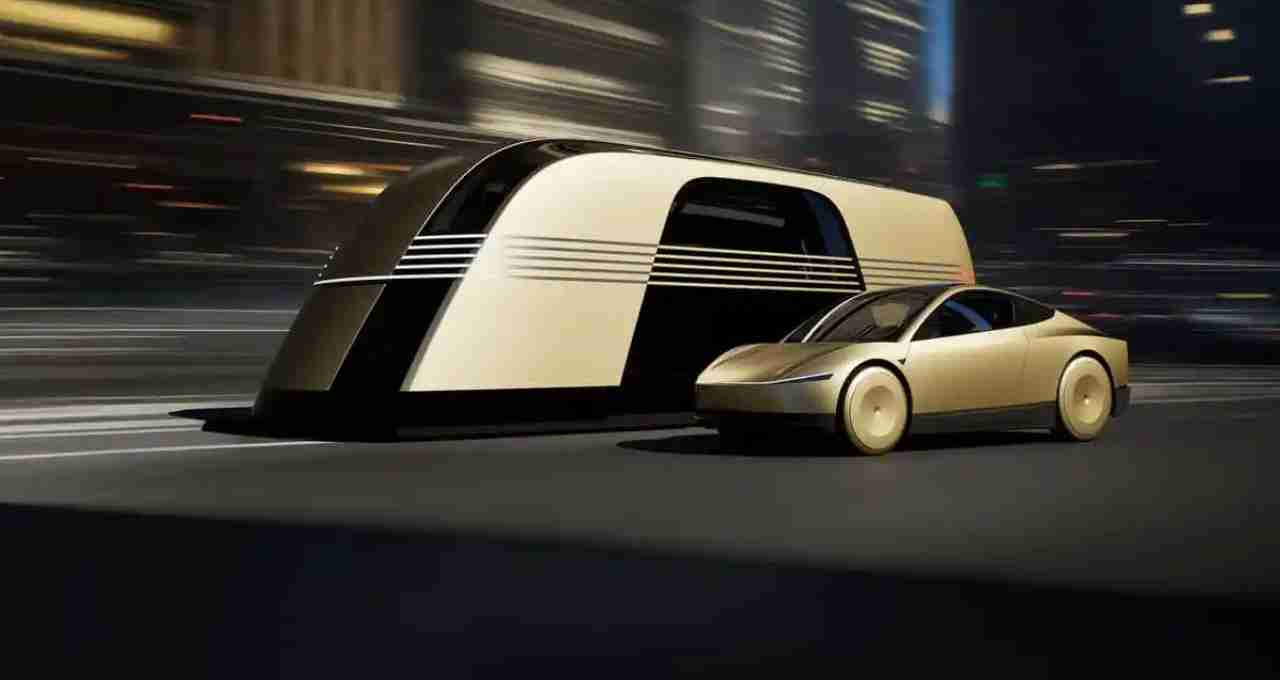
This Tesla experiment could be a major turning point in the automobile and transportation industry. If successful, this service could completely transform the concept of taxis, cabs, and personal car ownership in the coming years. People will be able to summon a driverless taxi and travel at the touch of a button. This could also impact aspects such as road traffic, accidents, and fuel consumption.
What are the Challenges?
However, Tesla's new service faces several challenges. Safety is a major concern. No fully autonomous vehicle service in the world has yet proven completely faultless. Technical glitches, software failures, and cyberattacks remain concerns. Furthermore, legal recognition and government approvals will play a significant role in the service's success.
The Test of Social Acceptance
Another important question is whether the general public will be comfortable traveling in a car without a driver. Changing human habits takes time, and public opinion on trusting technology varies. Some will see it as an exciting opportunity, while others may consider it unsafe and risky.
What are the Possibilities in India?
In a country like India, where road safety, traffic rules, and infrastructure differ from developed nations, the introduction of this technology seems distant. However, if this service proves successful in the US and Europe, there could be possibilities in India within the next 5-10 years. Tesla is already preparing to open showrooms in India, and this could accelerate discussions about autonomous vehicles there.
